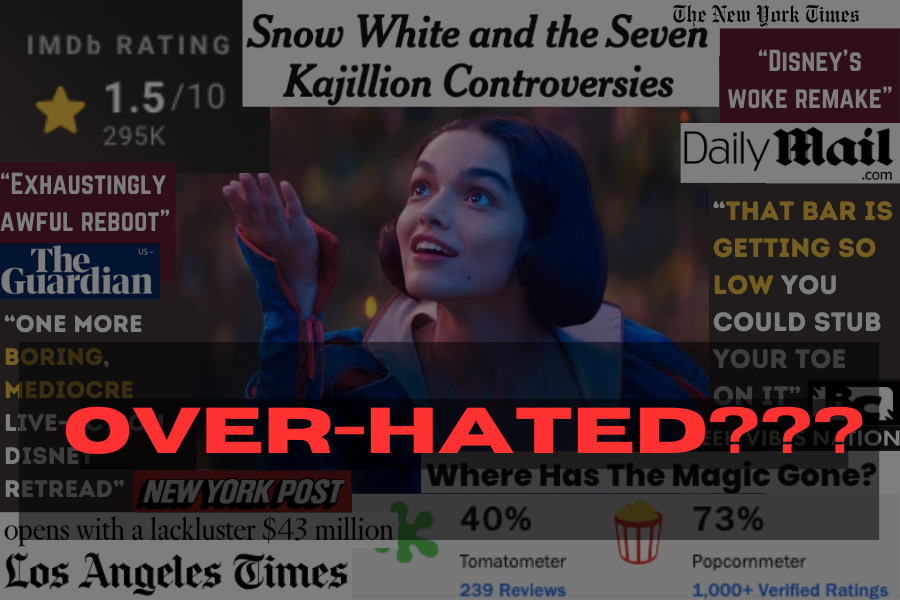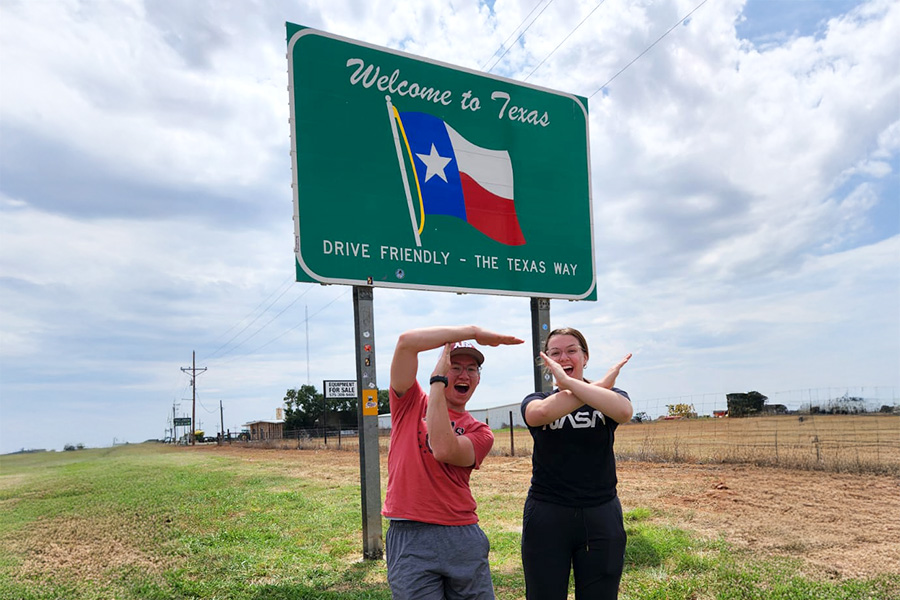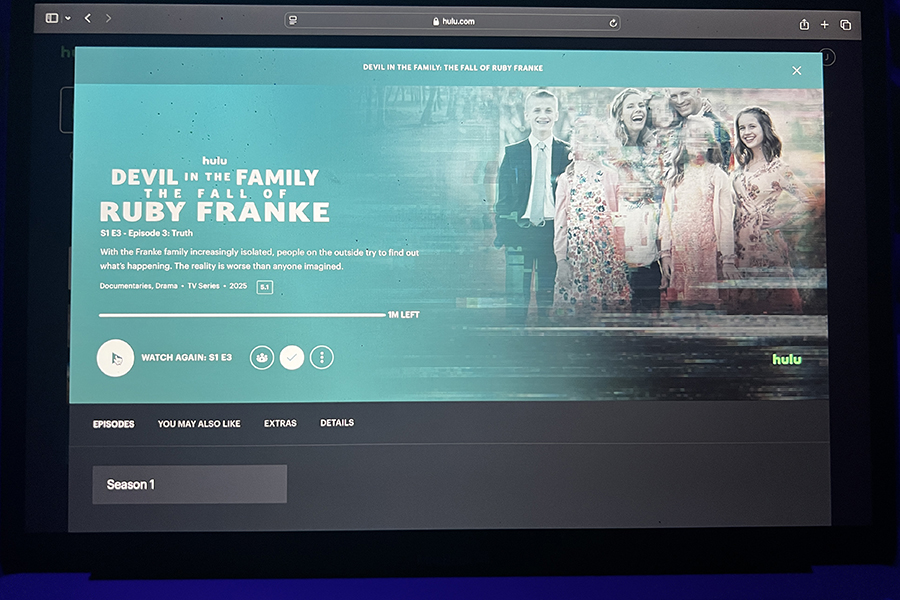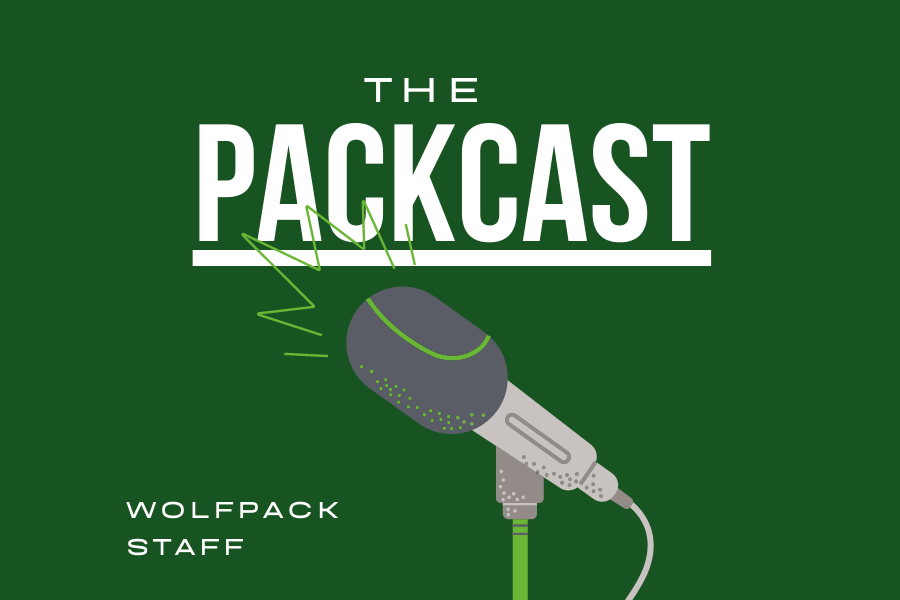by Eric Van Allen
Eighteen years has always been a significant age in life. At eighteen years, a person is an adult in the eyes of the government; they can enlist in the army, be taken to jail, smoke cigarettes and vote for the President of the United States. However, one liberty has been reserved from these new-born adults: the freedom to drink alcohol. Throughout US history, the drinking age has fluctuated through changes in law: while in the 1970s it was at eighteen, a change in legislation raised it to twenty one, due to concern over alcohol-related motor vehicle accidents.
At this time, the US drinking age still stands at twenty-one, meaning that only twenty-one year olds and older may purchase or consume alcohol. In contrast, many other countries around the world have set their drinking age to eighteen, and in some cases even younger. In some cases, even states within the US lack specifics on the laws and punishments for minors in possession.
A new wave of thought crashing around the US is that the drinking age should be once again lowered to eighteen. The leaders of this movement say that the current age hasn’t helped stop teen alcohol abuse, but simply shoved it out of the public view. They claim that binge drinking is a result of forcing alcohol consumption underground, and that the only way to stop the climbing alcohol-related deaths is to lower the age to where it can better be regulated.
Others want to keep the current drinking age at 21. Supporters of the current drinking age claim that lowering the drinking age would result in only more alcohol-related deaths. They believe that the key to stopping the teen alcohol abuse is to enforce the laws more. Providing more support for the alcohol-related laws and education programs in schools about the consumption of alcohol is their prescription for the increasing rates.
While both sides make strong arguments, the question still stands on whether or not the US should continue with its current drinking age. Should eighteen year olds be allowed all the privileges of a full-fledged adult? Or should those social freedoms be withheld, in order to better control the amount of binge drinking and drunk driving that already occurs throughout the US? Two of our staff reporters take up sides and argue their case. Read on as the debate continues, In The Ring…..
By Alek Zayas-Dorchak
The argument between those who fight to see the United States legal drinking age lowered to 18 and those who champion the standing law of 21, is in essence an argument that pits two highly influential factors against each other: individual freedom and the well-being of society. In this case, a happy medium could be reached between the two sides. The best way to do that is to keep the drinking age where it is, at 21 years of age, when an individual is usually more suited to utilize their freedoms without endangering themselves and society as a whole.
First of all, it would be ludicrous to assume that lowering the drinking age to 18 would curb rates of alcohol-related deaths. A large number of 21-year-olds aren’t mature enough to drink, so why let people drink who are even younger and generally even less mature? A law that does not cover all the bases should not be replaced by one that covers even fewer.
The opposing side argues that if you are allowed to fight in a war and carry a gun, you should be allowed to drink. The drinking age of the United States Armed Forces is really more dependent on the drinking age of the countries in which the soldiers are stationed. I personally can’t argue against this; seriously, how can anyone say that individuals who must be able to aim and shoot a rifle or operate a tank shouldn’t be allowed to drink beer? This works fine for individuals fighting in the armed forces, many of whom risk their lives in combat, and have essentially earned the right to drink. On the other hand, the low drinking age would not be the best for civilians of this society.
It is true that the majority of the laws in place in the United States today seem to point to 18 being the most commonly accepted age of adulthood. However, one issue that the opposition seems to overlook is that the laws are in place to give a commonly accepted definition of what is considered the legal adult age. As most people can tell you, legal adulthood and mental adulthood oftentimes do not coincide. Just because there is a law stating what the adult age is does not mean that everyone of that age is necessarily good at being an adult. And another thing—being able to vote, being able to serve on juries, being able to join the armed forces and defend one’s country—these are all things that, at the very least, have the potential to give something constructive back to the nation and it’s people; exactly what constructive social service does drinking alcohol provide?
At the same time, I completely understand the sentiments of millions of eighteen-, nineteen- and twenty-year-olds all over the country. People in this age group really are at one of the most tumultuous times in their lives and are expected to make important, life-altering decisions. A majority of the individuals in this age range graduate high school, move out of the house and learn to live with other people who aren’t family; many are even getting married. Making these decisions is already hard enough as it is, so why would anyone want to make these decisions even more haphazard by adding in the possibility of being intoxicated? Or have we forgotten the old joke about getting married to a stranger in Las Vegas? Seriously though, many individuals who are faced with such challenges as these typically take to alcohol (and other substances) as a means of escape. This could in turn have the possibility of leading to alcoholism at an earlier age. This very serious issue could jeopardize an adolescent’s job, college prospects, relationship, and their life in general.
And what if an intoxicated youth were to get a hold of a car? Statistics show that there were nearly 13,470 alcohol-related deaths in the United States in the year 2006; that number accounts for approximately 32 percent of all motor vehicle deaths for that year. Mind you, this is with the drinking age set at 21 in all 50 states. Imagine how much worse it would be with a drinking age that would include millions of high school-age youths who haven’t even mastered their own urges, let alone behave responsibly with alcohol. Also many of these youths have not had very much driving experience, and so the combination of alcohol would make their driving even more dangerous. Granted, I am by no means saying that all of us are so immature; to the contrary, I personally know plenty of individuals even under the age of 18 who are more than responsible enough to partake of alcohol. However, it is those many individuals who do choose to consume alcohol and then operate motor vehicles that endanger the rest of the population.
Not to mention that consuming alcoholic beverages at such a young age can actually have an adverse effect on the adolescent’s developing body. Studies have shown that alcohol actually delays puberty in lab rats, as well as adversely affecting bone marrow growth, resulting in weaker bones. While these observations do not provide clear results for alcohol’s effect on the young human body, there is definitely a very real risk involved. Various medical researchers have conducted scans of the brain that have led them to speculate that alcohol consumption may indeed have long-lasting effects on the adolescent brain.
Last but certainly not least, the opposition brings up the point about Prohibition. Any sociologist worth their salt can tell you that as a whole, people tend to seek out that which they cannot have. However, this alone does not justify a lowering of the legal drinking age. Besides, when you set the legal ceiling even lower, then you’re also running the risk of lowering the average age that adolescents consume alcohol. Even though people of all ages are going to find alcohol anyway, when the age is set at 18, high school seniors would be able to furnish beer and liquor for other high school students of all ages. In addition, a late-night party during the week could have dozens of individuals showing up to class the next morning late and hung-over, if they’re even able to get to school at all.
In summation, it is simply bad logic to assume that lowering an already flawed law will help the problem. Really, the argument here is a prime example of the classic individual vs. society paradox. Individual liberties are an extremely important issue, but if those liberties are given to individuals who as a whole are not fully capable of governing themselves, then those individual freedoms begin to stress the infrastructure of society, and a line must be drawn somewhere. In this specific instance, the law that sets the United States legal drinking age at 21 must stand because at that age people are more able to use, and not abuse, their civil liberties. Such a law will create a much healthier balance between what is best for the individual, and what is best for society as a whole.
By Beth Rozacky
The current legal drinking age in the United States stands at 21, but it wasn’t always that way. In the early 80’s Mothers Against Drunk Driving, (MADD) a non-profit group, drew the attention of the US Congress towards the issues of drunk driving. After many years of hard fought debate, the group won with the 1984 National Minimum Drinking Age Act, which increased the age from 18 to its current 21. They celebrated their successes, claiming a visible drop in alcohol related car accidents a year, and estimated that the laws they helped pass save an average of 1000 lives from traffic deaths every year. I don’t want to be cynical, but an improvement in safety technology could also have attributed to the falling fatality rates. While I am not for drunk driving or against the well-meant ideals of the MADD organization, I don’t necessarily see the benefit of increasing the drinking age by a measly three years.
Recently, several college directors and presidents have added their names to a petition to bring the legal drinking age back down to 18, stating the current age is not working to keep young adults away from alcohol. I have to say that I agree with the stance they’ve taken. I myself cannot see how three years can make such a huge impact. Those three years don’t warrant substantial law changes and regulation in my opinion. When you’re legally considered an adult at 18 then the responsibilities of an adult should follow. If you can be trusted to vote, join the armed forces, serve on juries, and go to big boy jail, why can’t you be trusted to make your own choice about drinking? If you are allowed to fight in a war and carry a gun, you should be allowed a drink. If we are already called upon to make our own important and life-altering decisions, then why is this particular choice obstructed? If the law’s intent is to abstain rights from one particular age set, then it appears that the legal action would be to raise the age of what constitutes an adult. Of course, this solution isn’t very practical, and from a legal standpoint, even messier and riot provoking than maintaining the current limit where it stands. This radical change in social policy would also cause much more disruption, and probably even fewer concrete results for the issue.
If anything, the consequences of history have taught us that tightening authority will only increase rebellion toward it. This little tid-bit of historical knowledge showed itself during the period of Prohibition from 1919 to 1939, during which the sale and consumption of alcohol was banned in the US. Rather than ending the consumption of alcohol, it merely drove the problem underground into seedy gin-joints and bootleg operations. When the government lifted the ban of alcohol, it could then more effectively regulate the handling of the product, making consumption of alcohol at least marginally safer with laws to standardize the handling of it. When problems and issues are driven underground, they don’t go away. Instead, they multiply and fester like rats in the sewers. Once the issues are brought into the open, they can be adjusted and policed accordingly.
Still, we’ve been skirting a fundamental fact: kids drink. Whether they are allowed to or not, alarming rates of under-aged people have already gained access to alcohol. Some would argue that making further attempts to restrain or inhibit this unruly group is the only way to stop their destructive tendencies. However, this stance would only increase the “forbidden fruit” aspect alcohol exudes to the under-aged. They see the use of alcohol as a tool of rebellion against society or as a symbol of maturity; both views are full of flaws and shortcomings but it is in human nature to want what we’re not supposed to have. Repression of this stigma will not make the fact go away. The truth remains that under-aged drinking occurs, and more needs to be done on protecting innocent people from the consequences than busting under-aged adults for possession.
Situations like this are happening again as those under 21 continue to procure alcohol from alternative sources. While MADD flaunts its traffic percentages, the problems with under-aged drinking are shunted underground, into unsafe environments. Alcohol related fatalities, not associated with driving, have shown little to no correlation between the raising of the age and the number of deaths. In fact, an increase has been seen in the levels of abuse and related accidents. Crackdowns on binge drinking and drinking games have uncovered a rise in the abuse of alcohol by under-aged drinkers. Also, alcohol-related suicides, drownings and poisonings have shown no decline in association with drinking age. Again, just because it’s not legal doesn’t mean the problem stops.
While the majority of the populace is reluctant to admit it, kids are still getting alcohol regardless of the legal age, be it 21 or 18. The Zero Tolerance rule for minors is completely appropriate and necessary, but only if the prosecuted are indeed minors and not legal adults. Underage drinking should not be encouraged should not be encouraged, however people should not support the hypocrisy of thinking three years of “legal age” can truly separate a lifetime of alcohol addiction and abuse from happy-sunshine-alcohol-dependence-free land. Lowering the legal age to 18 could move law enforcement away from playing “gotcha!” with teenyboppers for possession and more towards cracking down on drunk driving and other more serious un-lawful acts.

![Posing with their UIL State Trophy, the Robolobos Van Halen Team beams with excitement after their win. “It was a team effort,” junior Noah Vo said. “I was happy because something happened in the first match and the match was also really close. So [when] they finally revealed it, I was pretty happy.” Photo courtesy of Amy Lovelace](https://cphswolfpack.com/wp-content/uploads/2025/05/IMG_0910-EDIT-1200x723.jpg)

![Broadcast, yearbook and newspaper combined for 66 Interscholastic League Press Conference awards this year. Yearbook won 43, newspaper won 14 and broadcast took home nine. “I think [the ILPC awards] are a great way to give the kids some acknowledgement for all of their hard work,” newspaper and yearbook adviser Paige Hert said. “They typically spend the year covering everyone else’s big moments, so it’s really cool for them to be celebrated so many times and in so many different ways.”](https://cphswolfpack.com/wp-content/uploads/2025/05/edited-ILPC.jpg)


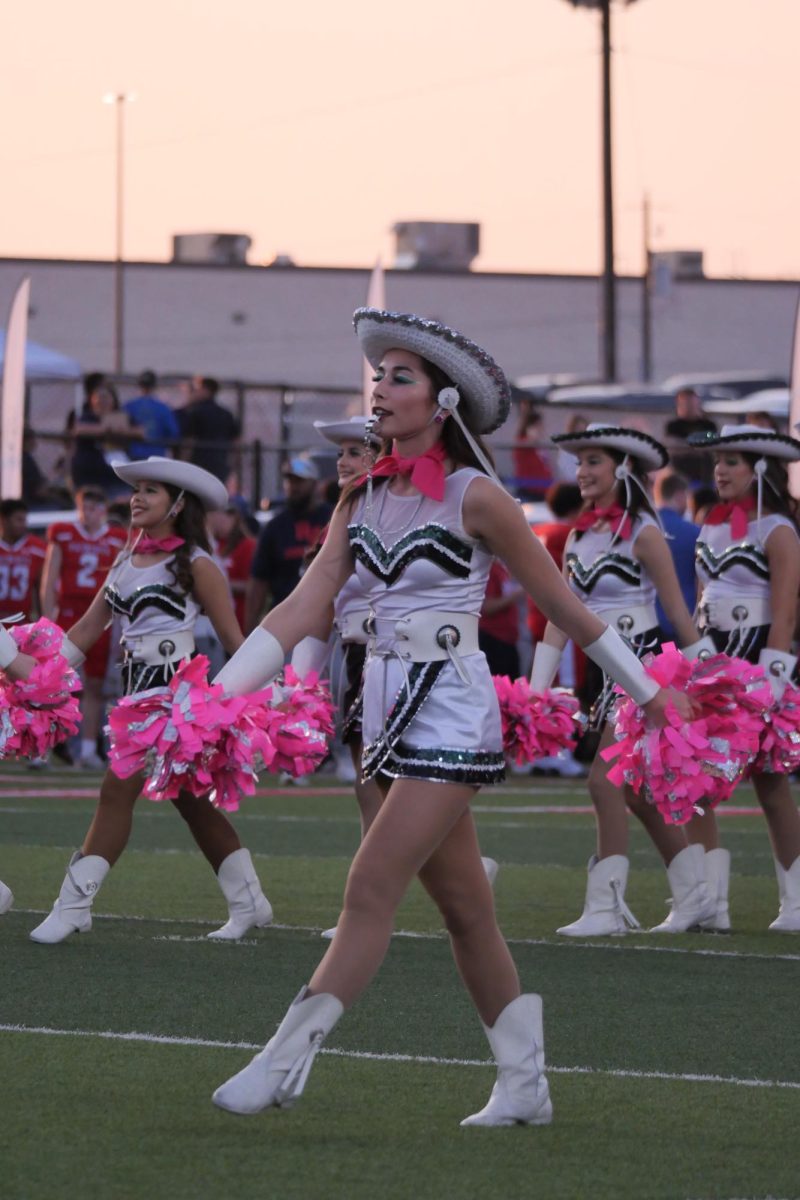
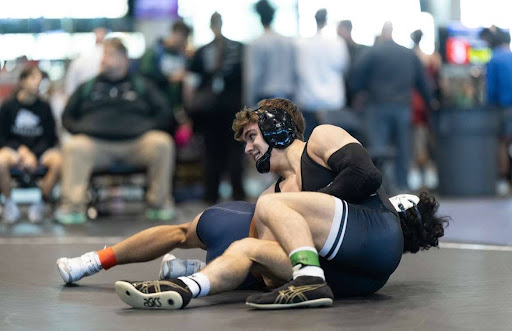



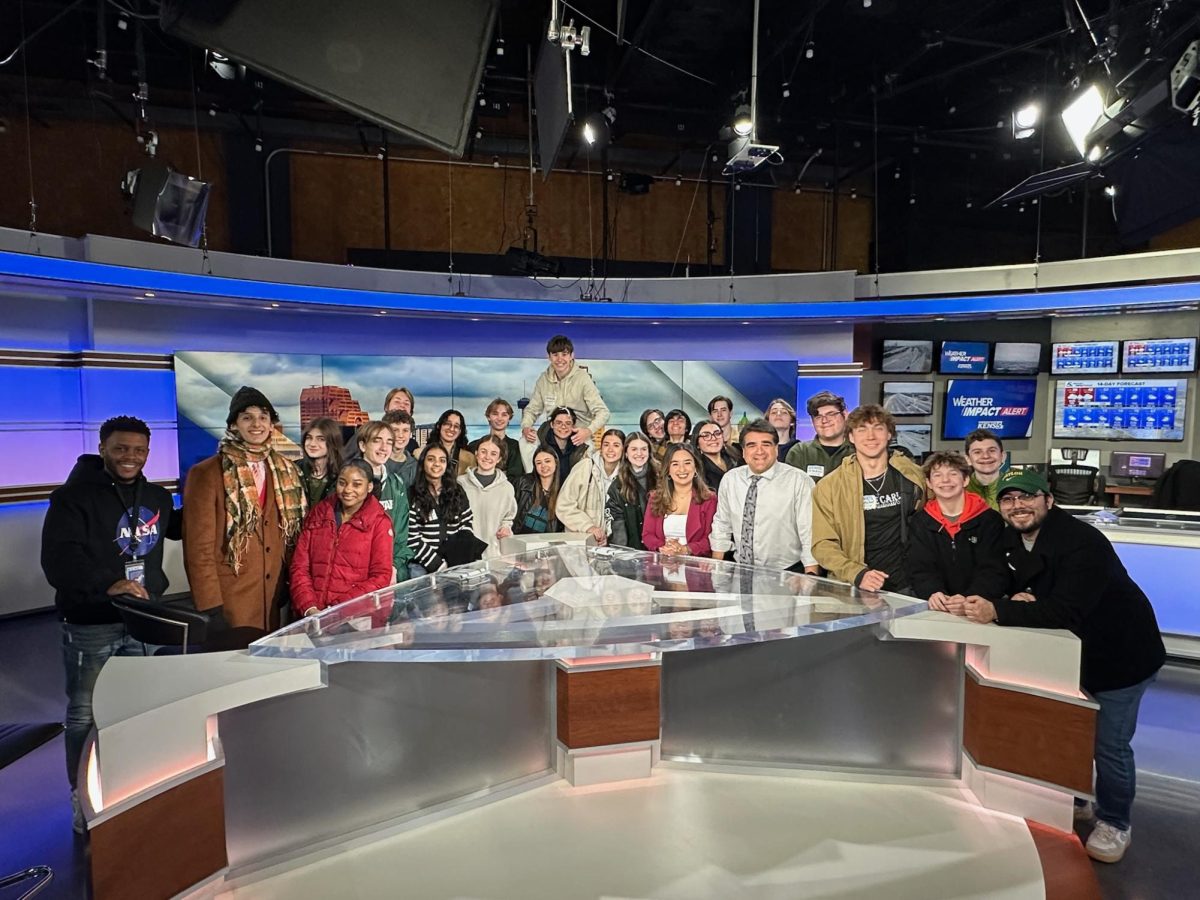



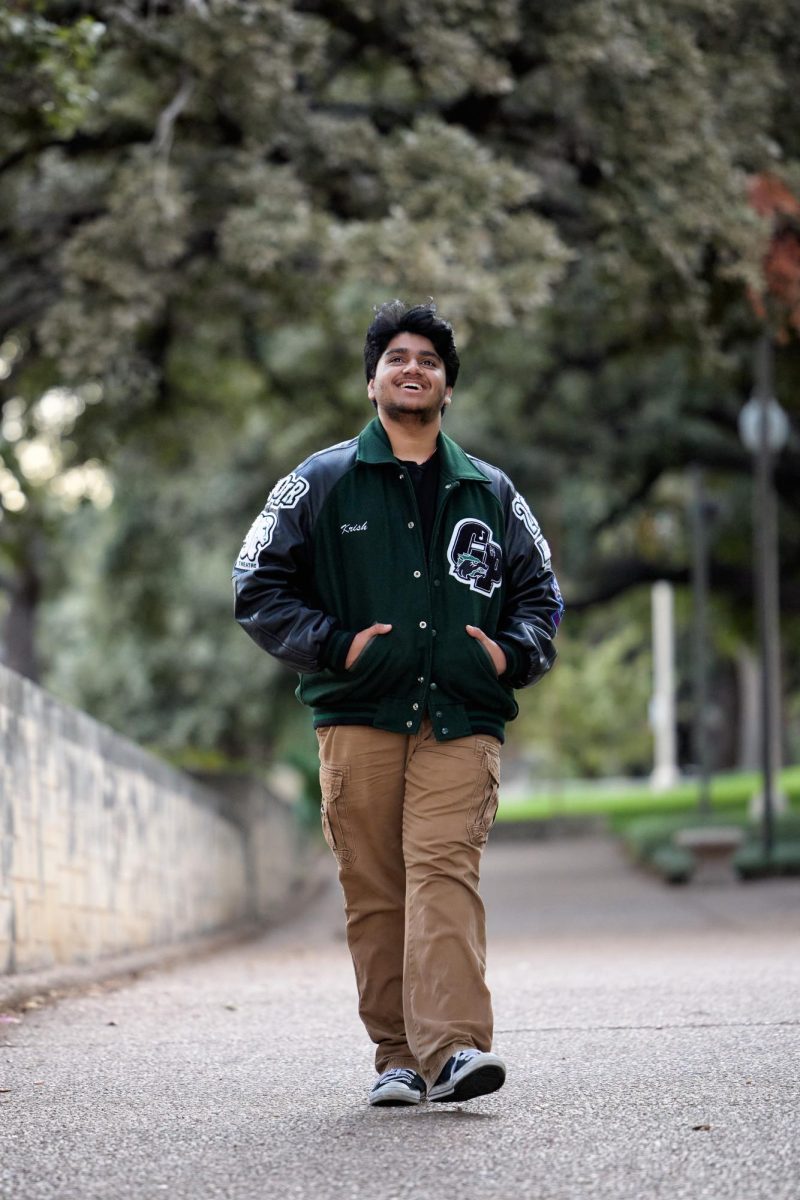
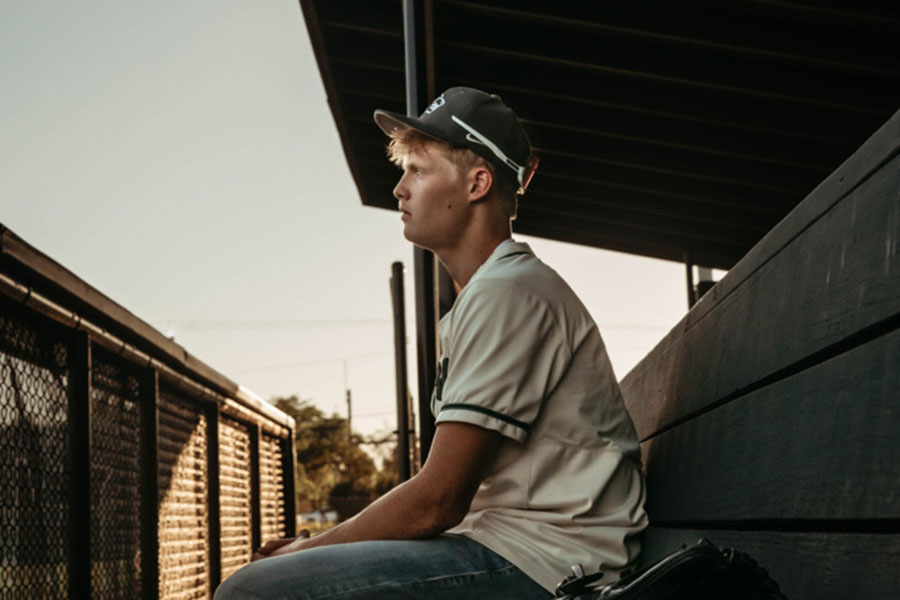
![Bringing her arm over her head and taking a quick breath, junior Lauren Lucas swims the final laps of the 500 freestyle at the regionals swimming competition on date. Lucas broke the school’s 18-year-old record for the 500 freestyle at regionals and again at state with a time of 4:58.63. “I’d had my eye on that 500 record since my freshman year, so I was really excited to see if I could get it at regionals or districts,” Lucas said. “ State is always a really fun experience and medaling for the first time was really great. It was a very very tight race, [so] I was a bit surprised [that I medaled]. [There were] a lot of fast girls at the meet in general, [and] it was like a dogfight back and forth, back and forth.” Photo by Kaydence Wilkinson](https://cphswolfpack.com/wp-content/uploads/2025/03/Kaydence-2.7-23-edit-2.jpg)
![As the support team sits and poses for a photo in the cafeteria with the counseling team they eagerly wait to start their day. "We [all] seem to be a team, I get up every day and there's days where I don't want to go to work today, but I'm thankful that I have a job and I'm blessed to have what I have," Christopherson said. Photo Courtesy of Julie Weltens.](https://cphswolfpack.com/wp-content/uploads/2025/01/AF9E8470-10D7-4C91-BF28-EC8F86BAB66C-1200x852.jpeg)
![Officer Stephanie Cash is in her second year as an SRO at CPHS. “Seeing [students] grow over the years has been kind of cool,” Officer Cash said. “Freshmen that [are] all over the place and then in the next couple of years get a little more squared away and go to class and do work and start thinking about the future. Being a part of a student's growth is the best way to measure my success as an SRO.” Photo Courtesy of Cedar Park Police Department's PIO, Alicia Gallagher.](https://cphswolfpack.com/wp-content/uploads/2024/12/CPHS-SRO-900x1200.jpg)
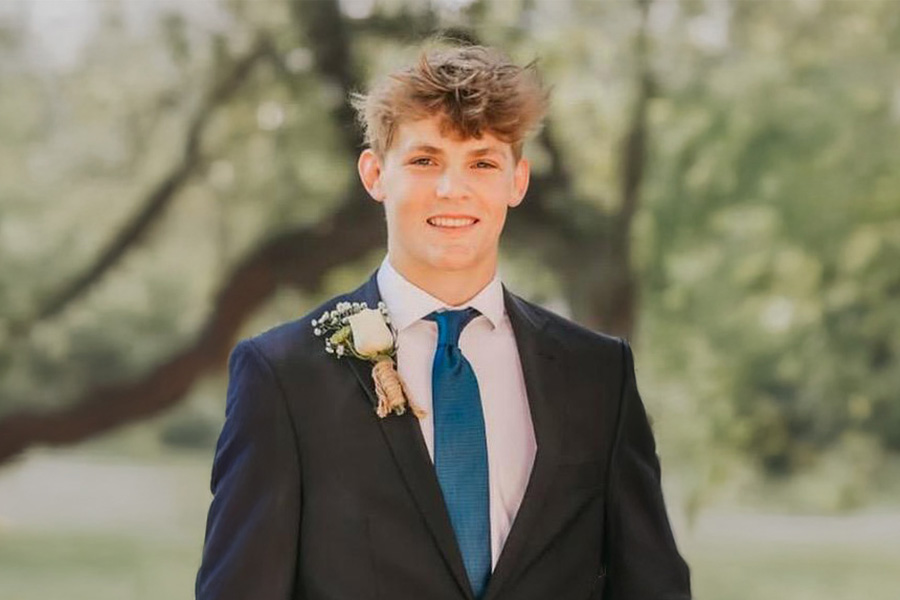

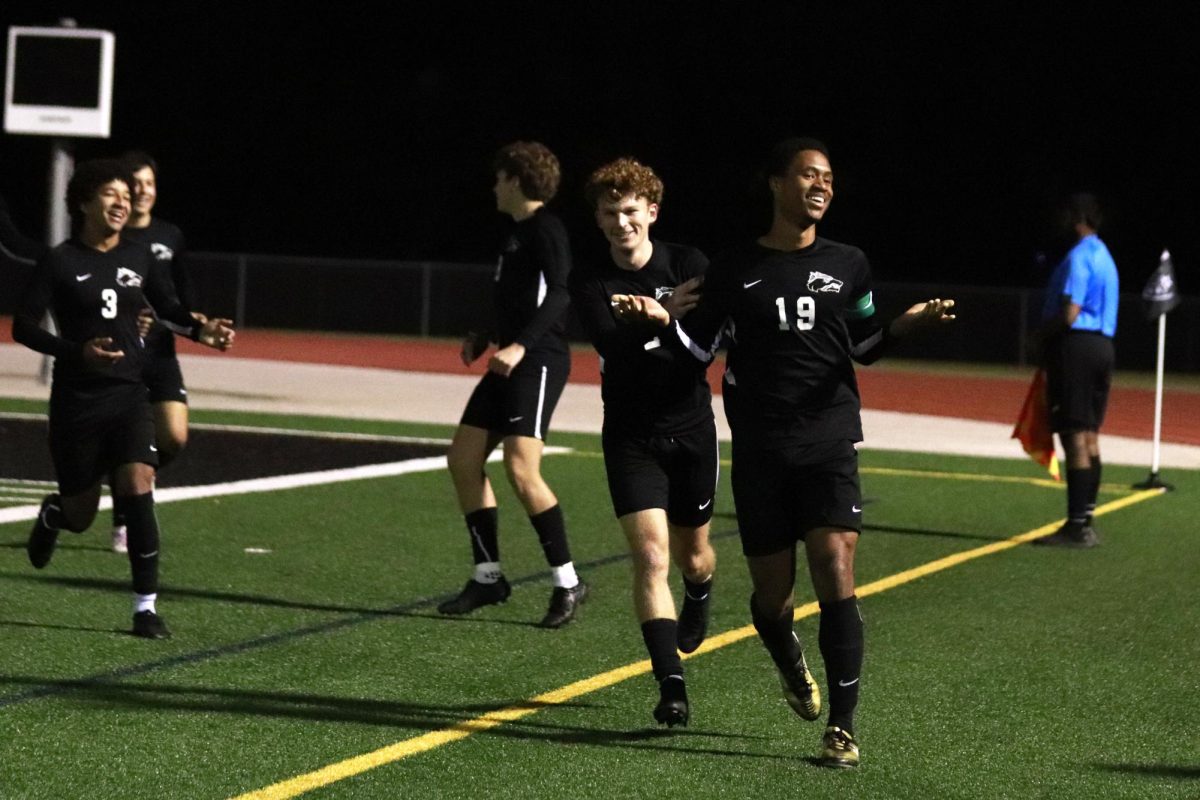
![Taking a breath as he raises his arm up and out of the water, sophomore Kaden Padilla swims the 500 freestyle at the UIL state meet on Feb. 21-22. Padilla placed 10th overall and second in the consolation final in the event, dropping two seconds. “My family was there, so being able to drop time for them was really special,” Padilla said. “It was awesome [finding out I advanced to the consolation finals]. I wasn’t expecting it, and I was very surprised. My parents being there definitely made me a lot happier knowing they got to see me swim in finals.” Photo by Skyler King.](https://cphswolfpack.com/wp-content/uploads/2025/03/kaden-padilla.jpg)

![Three defenders try to stop senior point guard Hope Edwards before the ball leaves her hands. The girls basketball team faced Liberty Hill on Feb 21, losing 58-40. “[My season was] definitely bittersweet,” Edwards said. It's definitely sad [because] I'm gonna miss all my teammates, my coaches and just the whole CP environment.”](https://cphswolfpack.com/wp-content/uploads/2025/03/julia-128-1200x800.jpg)



